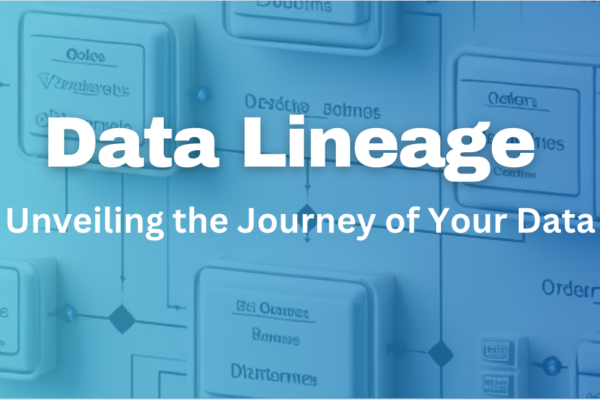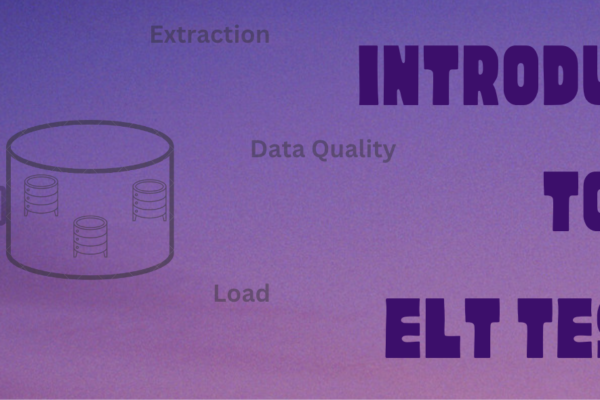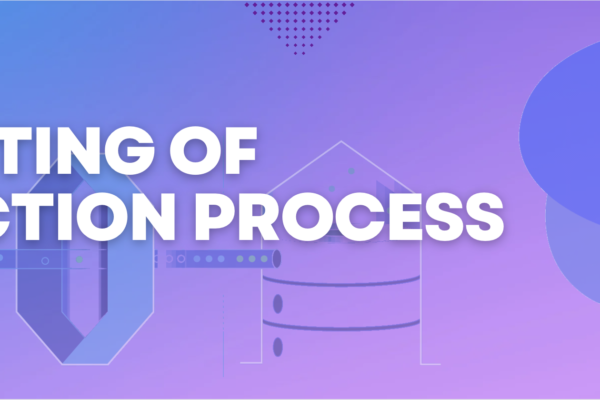
How to Kick Start ETL Testing
Understand ExtractionETL (Extract, Transform, Load) testing plays a crucial role in ensuring the accuracy and reliability of data during the data integration process. In this blog, we will explore the key steps to kick start ETL testing for a project. What you need to look for , How you can prepare for a smooth testing experience and keep the bug slippage minimal.
Start with Understanding the Requirement
Before diving into ETL testing, it is essential to gain a thorough understanding of the project’s requirements. Collaborate with business analysts and stakeholders to clarify data integration goals, identify data sources, and define the expected outcomes. This step lays the foundation for effective ETL testing.
Suppose you are working on a project that involves integrating customer data from multiple sources into a centralized CRM system. The requirement may specify the need to extract customer information such as name, contact details, and purchase history from various databases and files. There might be requirement to Have the names normalised or be in Title Case or camel case. By understanding the requirement we know what outcome are expected after transformation of data or which all data source are need to be part of extraction.
Just like any other Testing understanding the requirement is the first step to initiate testing process.
Understand the Source & Extraction Process
To validate the outcome of ETL, it is crucial to have a clear understanding of the source systems and the data extraction process. Identify all the data sources, including databases, files, APIs, or other systems. That will help you design the methodology for validation.
Understand the extraction methods, such as full extraction, incremental extraction, or change data capture. This knowledge helps in designing effective test cases and validating data completeness and accuracy during extraction.
For example, If one of the data sources is a MySQL database, you need to understand the extraction process, such as using SQL queries to extract specific tables or views. If the data source is csv or Excel sheets then you might need use excel knowledge to compare and validate data.
You should also know whether the extraction is performed in full or incremental mode, where only new or modified records are extracted to destination.
Understand the Transformation of Data
Data transformation is a critical step in the ETL process. Gain insights into the business rules, algorithms, and logic applied during data transformation.
This understanding helps in validating the accuracy of transformations, identifying any data quality issues, and ensuring that the transformed data aligns with the expected results.
For better understanding, let’s say the project requires transforming customer addresses into a standardized format. I.e.
- It should start with street number.
- It should only contain ‘(‘, ‘-‘ special character .
- It should have title case.
- Removing of leading/trailing spaces
Understanding the transformation process would help in validating the output addresses. like output address should not contain any leading/trailing spaces.
Make Sure Data Under Testing is Easy to Query and Analyse
To facilitate efficient ETL testing, it need to be ensured that the data under testing is easily accessible and queryable. Set up a dedicated testing environment with the necessary tools and technologies to query and analyze data. This allows testers to perform in-depth data analysis, validate transformations, and identify any anomalies or inconsistencies.
Set up a testing environment where you can easily query and analyze the data. This could involve creating a separate database or data warehouse solely for testing purposes. Having a dedicated environment allows you to run SQL queries, perform data profiling, and validate data correctness.
Test Requirement, Not the Implementation
Like any other testing, in ETL testing as well, focus on validating the adherence to the defined requirements rather than testing the implementation details. Create test cases based on the business rules, data mappings, and transformation logic identified in the requirements. This approach ensures that the ETL process meets the intended goals and produces accurate and reliable results.
For Example, the requirement states that customer names need to be stored as a combination of first name and last name. In the implementation FirstName and LatName is combined.
If we Validate the implementation that fullname = fistname + lastname then it wield the wrong result.
Rather it should be firstname + “<space>” + lastname.
In test cases, focus should on verifying that the names are correctly combined with space, rather than testing the specific implementation details of how the names are concatenated.
Automate the Tests
Just like API testing , ETL tests and validation are also less time consuming and have 0 flakiness. To streamline the ETL testing process and improve efficiency, consider plans to automate your tests as well.
Use ETL testing tools like Collibra, Talend or create your own frameworks that enable the creation of automated test scripts. Automating repetitive and complex test scenarios helps in reducing manual effort, ensures consistency, and allows for frequent testing as data volumes and number of transformation (validation) grow.
In conclusion, starting ETL testing for a project involves understanding the requirements, comprehending the source and extraction process, grasping the data transformation logic, ensuring data accessibility for analysis, focusing on requirements, and leveraging test automation.
By following these steps, you can kickstart your ETL testing process effectively, ensuring the reliability and accuracy of your data integration efforts.







